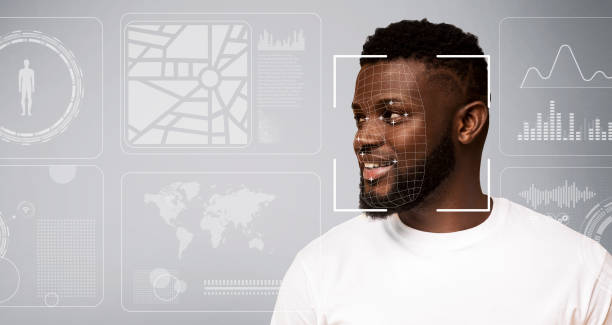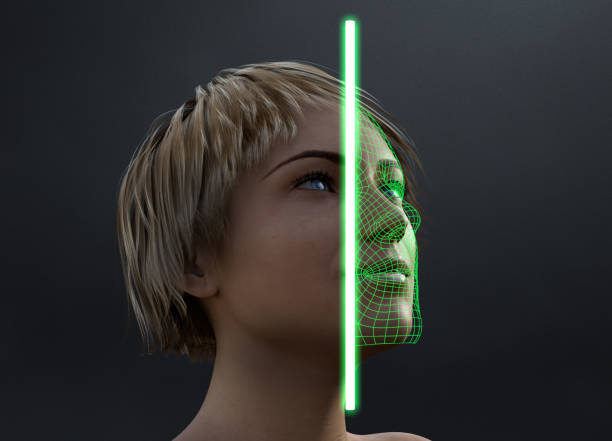Security has become an increasingly important problem for both individuals and corporations in the digital era. In response to this necessity, face recognition technology has grown in favor as a security tool in recent years.
We’ll look at how establishing a Facial Recognition API may help organizations improve their security in this post. From job verification to public area monitoring, this technology has shown to be an effective tool for preventing fraud and detecting suspicious conduct.
Join us to learn how this technology is transforming digital security and how businesses can use it to protect themselves and their customers.

What Is Face Verification API, Exactly?
APIs (Application Programming Interfaces) for facial recognition enable developers to include facial recognition and comparison technology in their applications. Using contemporary algorithms and machine learning methodologies, these APIs evaluate facial traits and uncover patterns that are unique to each individual’s face. By comparing photographs or live video streams to a database of recorded images, they can generate a match or similarity score.
Facial recognition APIs have gained popularity in recent years as businesses and organizations seek more efficient methods of identifying and validating identities. They are used in a variety of applications, including security and law enforcement, online banking, and retail. Face comparison APIs, for example, can be used to quickly check a person’s identity when seeking to get access to a secure location or make an online financial transaction.
These APIs, on the other hand, have raised concerns about privacy and monitoring. Face recognition technology has been used without users’ knowledge or consent in some circumstances, raising concerns about data security and the potential for abuse. As a result, there is continuous debate over how to utilize and govern face comparison APIs.
Increasing Security With A Face Verification API
Choosing a Facial Recognition API: The first step is to select a face verification API that is appropriate for your requirements. Microsoft Azure Face API, Amazon Rekognition, and Google Cloud Vision are a few notable possibilities.
After deciding on an API, the next step is to integrate it into your current security system. Collaboration with a developer may be required to establish an interface that allows your security system to connect to the API.
Train the System: Before employing the facial recognition system, it must be trained to recognize the faces of authorized individuals. This needs the system to be fed photos of authorized persons and taught to identify their faces.
The technology may be attached to your security system once it has been educated. It may be used to screen workers entering a facility or to keep an eye out for questionable activity in public spaces.
Monitor and Adjust: Just like any other security system, the facial recognition system should be monitored and adjusted as needed. This might require retraining the algorithm to detect new faces or tweaking the system’s sensitivity to eliminate false positives.
Overall, employing a face verification API to add an extra layer of authentication and monitoring might be a good method to improve security. However, it is critical to investigate any privacy concerns and to use the system properly and ethically.
What Kind Of Reaction Does A Face Verification API Give?
The Zylabs Face Comparison Validator API will be utilized as an example in this scenario because it produces the most results in the present market.
The API will request two photographs from the URL, and the AI will handle the rest. The intuitive result will be as follows:
This item will show if “the two faces belong to different people” or “the two faces belong to the same person” (in the case of a face match).
This method returns the percentage of similarity between the two faces.
(Please keep in mind that the submitted images must be in decent shape. That is, the AI must be able to perceive and interpret the face of the person being compared. Blurry photos, many persons in the same frame, and unidentified faces are all examples of comparison errors.)
For example, the API provides the following response:
{
“statusCode”: 200,
“statusMessage”: “OK”,
“has-error”: false,
“data”: {
“resultIndex”: 0,
“resultMessage”: “The two faces belong to the same person. “,
“similarPercent”: 0.9042724605108994
},
“imageSpecs”: [
{
“leftTop”: {
“isEmpty”: false,
“x”: 718,
“y”: 195
},
“rightTop”: {
“isEmpty”: false,
“x”: 356,
“y”: 176
},
“rightBottom”: {
“isEmpty”: false,
“x”: 337,
“y”: 538
},
“leftBottom”: {
“isEmpty”: false,
“x”: 699,
“y”: 557
}
},
{
“leftTop”: {
“isEmpty”: false,
“x”: 859,
“y”: 160
},
“rightTop”: {
“isEmpty”: false,
“x”: 511,
“y”: 111
},
“rightBottom”: {
“isEmpty”: false,
“x”: 462,
“y”: 459
},
“leftBottom”: {
“isEmpty”: false,
“x”: 810,
“y”: 508
}
}
]
}

You must first complete the following steps before you may utilize it:
1- Navigate to Face Comparison Validator API and select “START FREE TRIAL” to get started with the API.
2- You will be issued your personal API key after registering with Zyla API Hub.
3- This endpoint will receive the image URL and provide the results of the comparison. You’ll be able to tell if the two photographs are of the same person.
4- Once you’ve found the required endpoint, execute the API request by clicking the “run” button and viewing the results on your screen.
Related Post: Get Accuracy With An Identity Validator API

